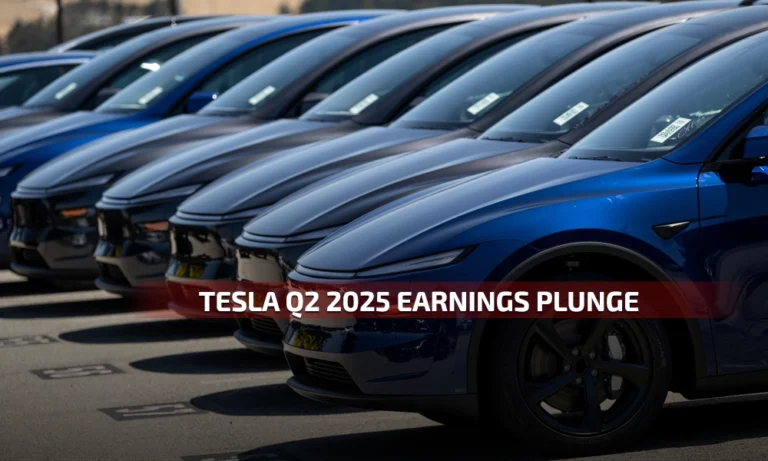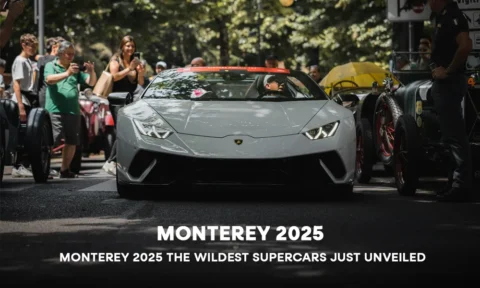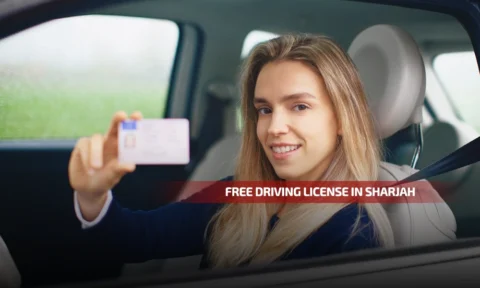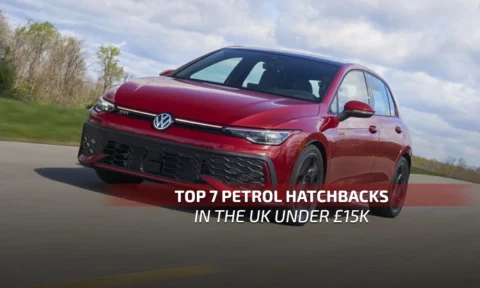The refreshed Model Y—a key player in Tesla’s lineup—was expected to reignite U.S. sales.
Instead, deliveries fell 15% year-over-year in Q2 2025, marking a rare slowdown for the long-standing best-seller.
Tesla’s minimal Model Y refresh aimed to keep the SUV competitive, but sales didn’t follow suit.
In Q2 2025, U.S. deliveries dropped 15%, signaling that lighting tweaks and minor tech upgrades might not satisfy buyers facing strong Chinese EV competition.
As Americans consider EV options, understanding this misstep is key to evaluating Tesla’s long-term appeal.
In this article, we’ll unpack what went wrong and what it means for Tesla drivers across the United States.
U.S. sales of the refreshed Model Y fell 15% in Q2 2025, a surprising decline for Tesla’s bestseller.
Minimal changes like cosmetic lighting didn’t sway buyers, while rivals gained ground.
Chinese rivals such as Xiaomi, BYD, Nio, and Xpeng recently launched compelling Tesla‑sized crossovers.
Xiaomi’s 518-mile YU7 SUV has attracted massive demand, highlighting a growing shift in buyer preferences.
Tesla’s 2025 “Juniper” update added a rear passenger touchscreen and updated lighting.
However, with perceived minimal gains—and a reduction in top speed—many U.S. buyers were unimpressed.
The drop wasn’t limited to the U.S.—Europe saw declines, while China sales dipped nearly 12% year-over-year, despite attractive discounts.
Only Norway bucked the trend with a sharp rise in sales.
Maybe. Q2 also saw fading U.S. EV incentives, declining emission credit revenue, and stronger Chinese offerings.
Tesla’s reliance on product cycles means this refresh delay matters much more now.
What It Means for U.S. Buyers
Competition is heating up
Chinese brands like BYD and Xiaomi are no longer niche—they offer better-value EVs with cutting-edge tech, forcing Tesla to innovate faster.
Tesla needed more than a facelift
With no major redesign, buyers saw little reason to upgrade.
Features like speed limits and added screens don’t outweigh price, with fresh rivals offering more.
Tax credits and tech matter
Loss of the $7,500 EV tax credit in Q2 hit Tesla’s value proposition.
Meanwhile, rivals are rolling out advanced driver assistance systems faster than Tesla’s current FSD system.
Why the Model Y Is Slipping Outside the U.S.
Tesla’s troubles with the Model Y refresh aren’t just an American story.
In China, the world’s largest EV market, the refreshed Model Y saw sales drop by nearly 12% year-over-year in Q2 2025—even with aggressive discounts.
Buyers in cities like Shanghai and Shenzhen are shifting attention to local champions like BYD, Xiaomi, and Xpeng, which offer longer ranges, faster updates, and fresher designs.
The Xiaomi SU7, for example, grabbed headlines with over 100,000 pre-orders and a real-world range that rivals (or even beats) the Model Y, at a lower price.
Chinese EV brands are also gaining trust among younger drivers, especially in tech-forward cities, where Tesla once had a monopoly on premium EV appeal.
In Europe, Tesla’s numbers are mixed.
While sales dropped across several countries, Norway posted a 57% spike in Model Y deliveries, suggesting that tax policy and charging infrastructure still play a huge role in EV adoption.
But outside of Norway, European EV buyers are leaning toward hybrid flexibility or exploring brands like Polestar, Renault, and MG, which offer price-conscious EVs tailored for city living.
Tesla’s late arrival with meaningful refreshes is being felt on a global scale.
As one Berlin-based analyst told WIRED, “When the competition updates every 9 months and Tesla does so every 4 years, the math stops working.”
Conclusion
Tesla’s Model Y refresh failed to spark a rebound in U.S. sales, falling short against better‑equipped, more affordable EV rivals.
For American buyers, it’s a reminder: Tesla may no longer be the default choice.
With new options on the horizon, the real winner will be the driver ready to compare, not just tick boxes





